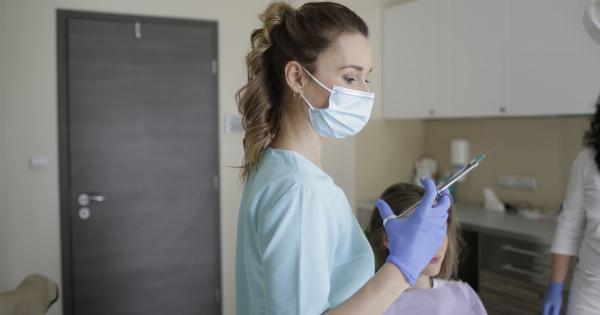Antibiotics are commonly prescribed medications used to treat various bacterial infections.
They work by inhibiting the growth or killing the bacteria causing the infection, ultimately helping the body’s immune system fight off the infection more effectively. However, it’s essential to understand that antibiotics do not work instantly, and their efficacy may vary depending on several factors.
In this article, we will explore the typical timeframe for antibiotics to start working and the variables that can influence their effectiveness.
Factors Affecting Antibiotic Effectiveness
Before delving into the timeframe, it’s crucial to consider the factors that can impact antibiotics’ effectiveness:.
1. Type of Antibiotic
There are several classes of antibiotics, each with its characteristics, mechanisms of action, and timeframes for effectiveness. Some antibiotics take effect quickly, while others require more time to exhibit their maximum therapeutic benefit.
2. Site and Severity of Infection
The location and seriousness of the infection also play a role in determining how quickly antibiotics start working.
Infections that are closer to the surface, like skin infections, may show faster improvement compared to deep-seated infections, such as those affecting internal organs.
3. Individual Response
The way individuals respond to antibiotics can vary. Some people may experience a rapid response and symptom relief, while others may require a longer time to see noticeable improvement.
Factors such as overall health, immune system strength, and underlying medical conditions can influence individual responses to antibiotics.
4. Compliance with Treatment
Strict adherence to the prescribed antibiotic treatment course is essential to ensure optimal effectiveness.
Missing doses or stopping the treatment prematurely can lead to incomplete eradication of the bacteria, allowing them to develop resistance and potentially prolonging the time it takes for the antibiotics to work.
Typical Timeframe for Antibiotics to Start Working
In general, antibiotics start working within 1 to 3 days for most common bacterial infections. However, this timeframe can vary depending on the factors mentioned above. Let’s explore the common timeframes for different types of infections:.
1. Respiratory Infections
Respiratory tract infections, such as sinusitis, bronchitis, or pneumonia, often show improvement within 48 to 72 hours of starting the appropriate antibiotic treatment.
However, it’s essential to complete the full course of antibiotics to ensure complete eradication of the bacteria and prevent relapse.
2. Urinary Tract Infections
Uncomplicated urinary tract infections usually respond to antibiotics within 24 to 48 hours. In more severe cases or complicated infections, the timeframe may be longer.
It’s crucial to follow the prescribed treatment until completion and get a follow-up checkup to ensure the infection is fully resolved.
3. Skin and Soft Tissue Infections
Common skin infections like cellulitis or impetigo often start showing improvements within a few days of starting antibiotics. However, more severe infections, such as deep abscesses or infected wounds, may take longer to respond.
4. Gastrointestinal Infections
Gastrointestinal infections like bacterial gastroenteritis or food poisoning generally start improving within a day or two of initiating the appropriate antibiotic treatment.
Sticking to a bland diet and staying hydrated are also crucial for a speedy recovery.
5. Sexually Transmitted Infections
The time it takes for antibiotics to work on sexually transmitted infections (STIs) can vary. Conditions like chlamydia or gonorrhea often require a few days to a week to show significant improvement.
Completing the full course of antibiotics is vital to prevent complications and further transmission of the infection.
6. Other Infections
For infections not listed above, it’s best to consult with a healthcare professional for specific timelines and expectations.
The type of bacteria causing the infection, overall health status, and any underlying conditions will be considered while determining the optimal timeframe for antibiotics to start working.
Conclusion
Understanding the timeframe for antibiotics to start working is crucial for managing expectations and ensuring compliance with treatment.
While most common bacterial infections show improvement within 1 to 3 days of starting antibiotics, several factors can influence this timeline. It’s vital to complete the full course of antibiotics as prescribed and seek medical advice if there’s a lack of noticeable improvement or any concerning symptoms.
Remember, proper antibiotic use, including adherence to treatment and prudent prescribing practices, plays a significant role in preventing antibiotic resistance and preserving the effectiveness of these essential medications.































